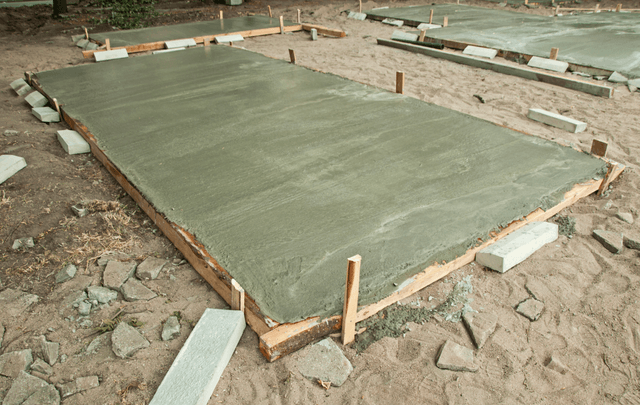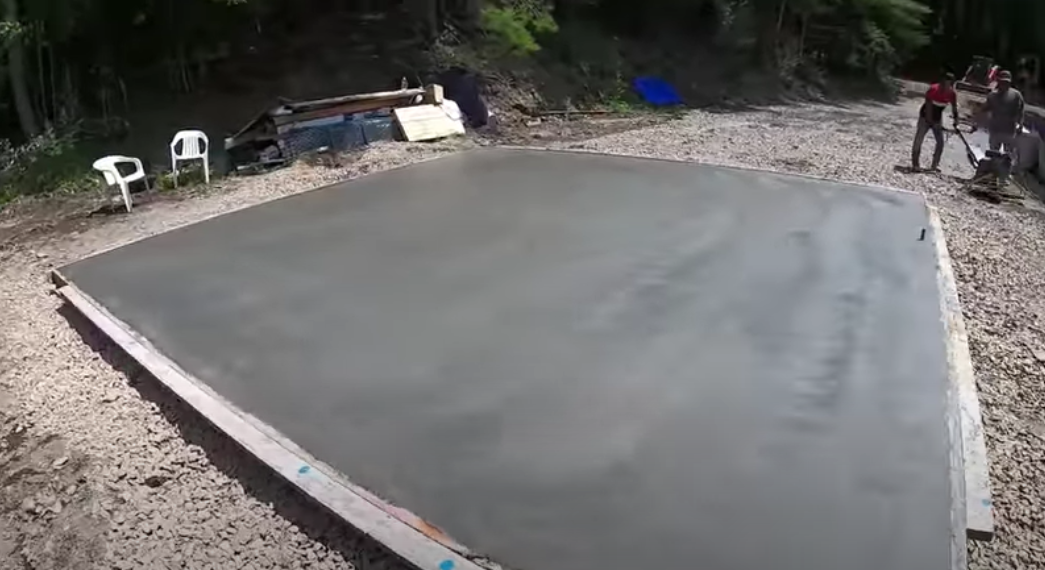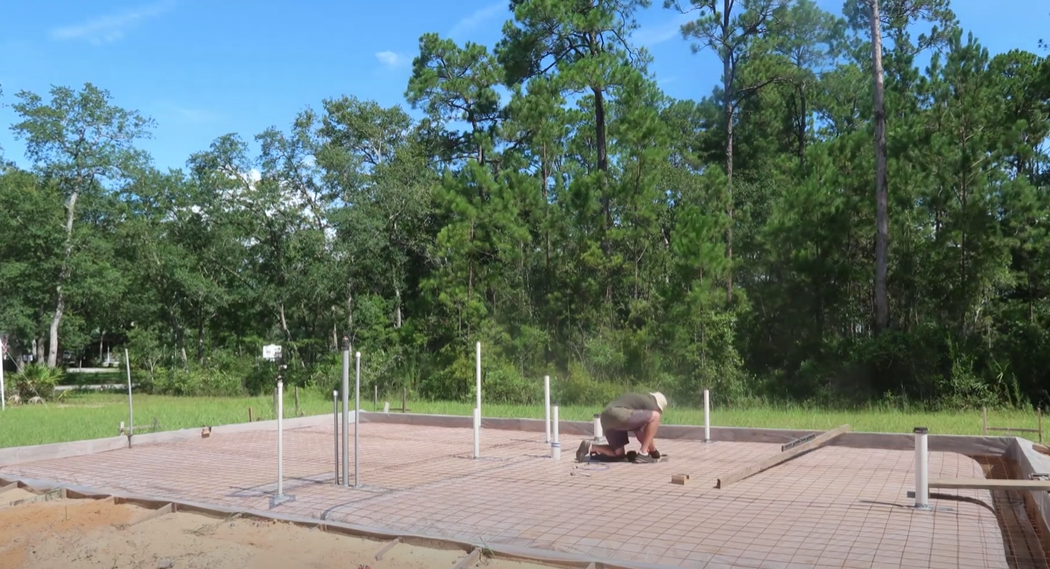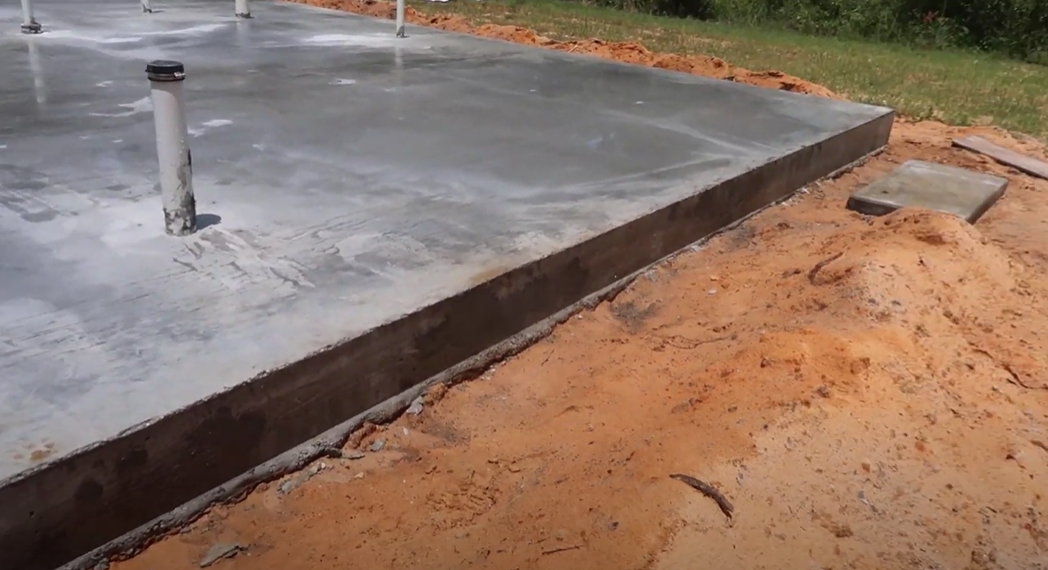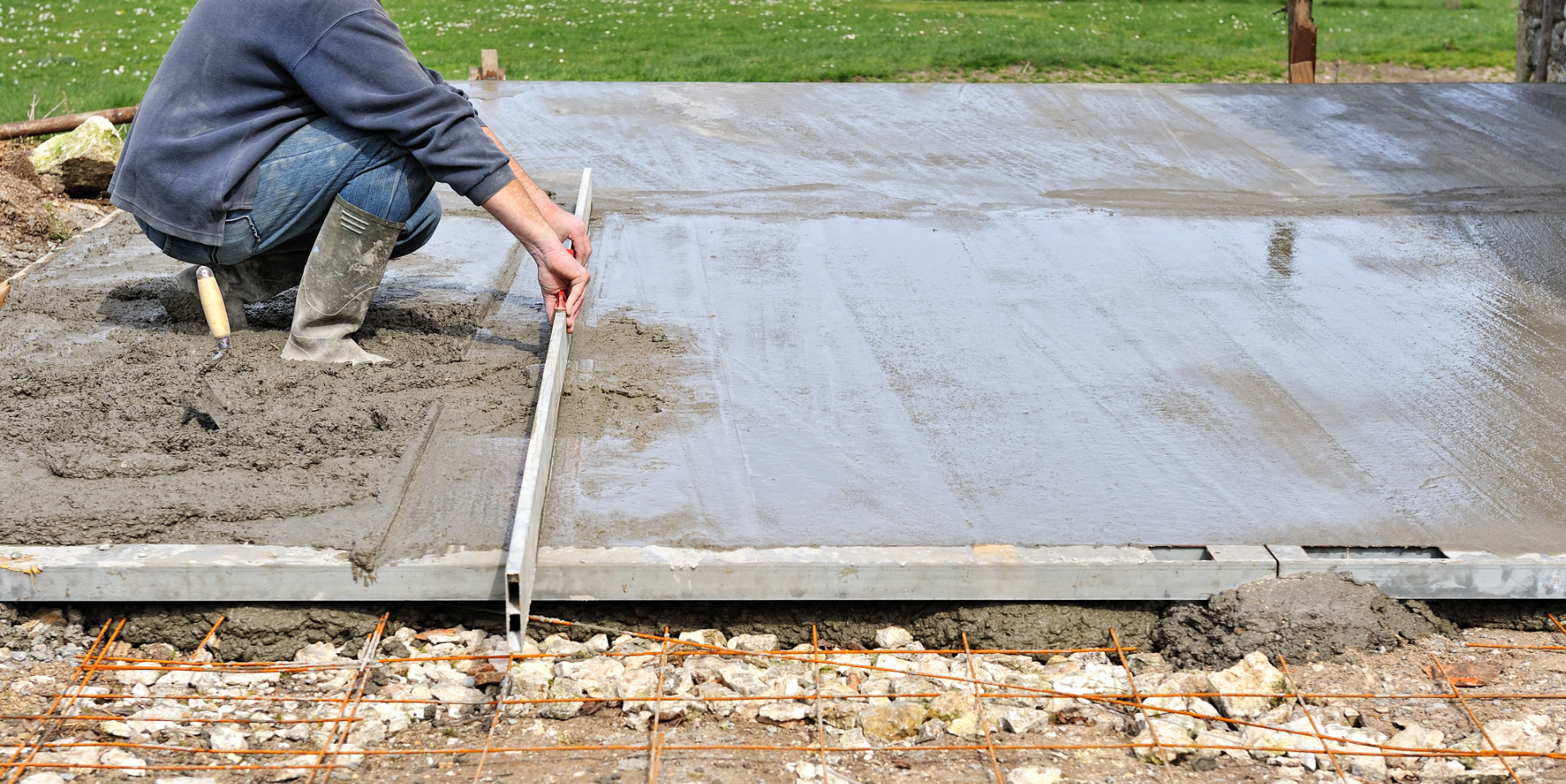Concrete Slab Belleville
Laying a concrete slab on grade correctly involves knowing exactly what to look for. We've done this for a lot of years, so we know what to look for.
What's involved with laying a concrete slab on grade?
Here's a brief overview of some of the most important factors to consider when laying a concrete slab on grade.
The primary factor that determines the grade of your concrete slab is the grade of the land on which it is to be laid. If you're laying a concrete slab over a natural ground, you can forget about the grade issue and just go for it. Naturally, the grade of the ground determines the ultimate stability of the finished structure. So, if you have a very soft ground, you would most likely opt for a higher grade of slab, whereas if your ground is quite hard, a lower grade might be more suitable.
Apart from the earth's physical characteristics, another major factor determining slab thickness is the formwork. It is here that you would expect to find the influence of the previous design. For instance, an asphalt slab with the traditional stamped formwork would require thicker forms than a concrete slab which has no such pattern. The type of forms used largely dictate the thickness of the concrete slab, and the various forms can include stamped, conical, domed and V-shaped.
How much concrete are we talking?
The amount of concrete slab required per foundation will depend largely on the total area of the foundation, the thickness of the slab and its average thickness. Remember that if you choose a thick slab for a small area, the foundation may need more concrete than you expect. On the other hand, if you use a thin slab for a big area, the foundation may need less concrete than expected.
How strong will the foundation be?
The foundation's thickness and the number of connections determine the strength of the foundation. The foundation strength depends largely on the modulus of elasticity of the concrete, which is in turn influenced by the grade. The higher the grade, the lower the modulus of elasticity and vice versa. Lower grades have weaker structures, which can deteriorate quickly due to the tension associated with them. On the other hand, higher grades are stronger due to the higher modulus of elasticity and more durable.
In addition to affecting the strength of the slab, the type of joints chosen also affect its structural stability. It is important to choose appropriate joints such as tiebacks, which are used in case of reinforced concrete walls. These tiebacks brace the wall against flexing, allowing only a limited amount of vertical movement. However, if these joints are not correctly installed, cracks may appear instead. Moreover, tiebacks must be properly balanced to prevent them from becoming weak.
How much load can the slab hold?
Aside from influencing the strength of the slab, load capacity also affects its structural stability. Four different types of load capacity are used for different purposes. First, the concrete slab reinforcement strength and thickness are based on the difference in mean time between floor slab wall. Second is random load bearing; this uses different mean time between slab and wall for the purpose of determining the amount of wear and tear in a structure.
Meanwhile, in concrete slabs foundations, concrete weight capacity refers to the capacity of the slab as it is transported from one place to another. On the other hand, concrete cure time refers to the time needed for concrete slab to cure after being poured. Finally, concrete slab height and rebar length refer to the dimension of rebar required for a particular foundation.
Belleville Custom Concrete is available for all of your concrete needs. From stamped concrete, concrete patios and walkways, pool decks, and slab on grade.

